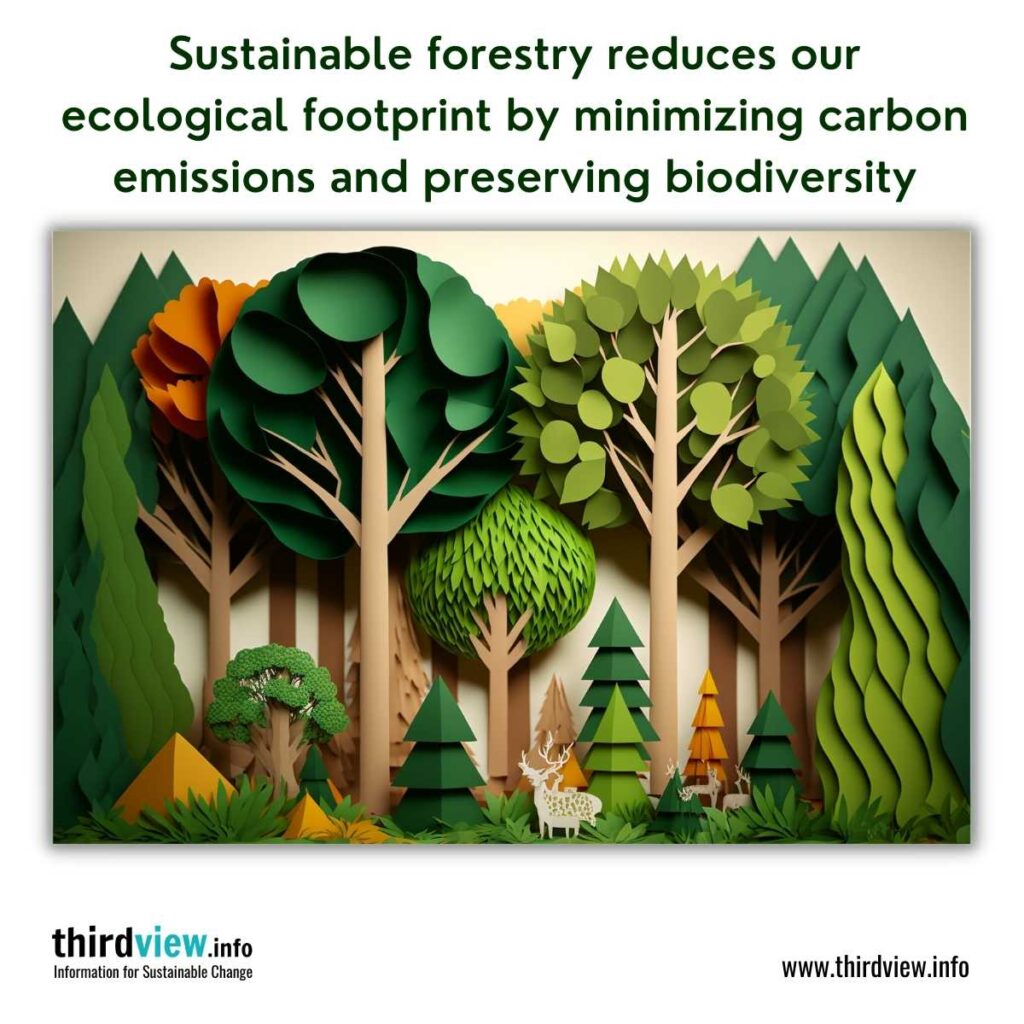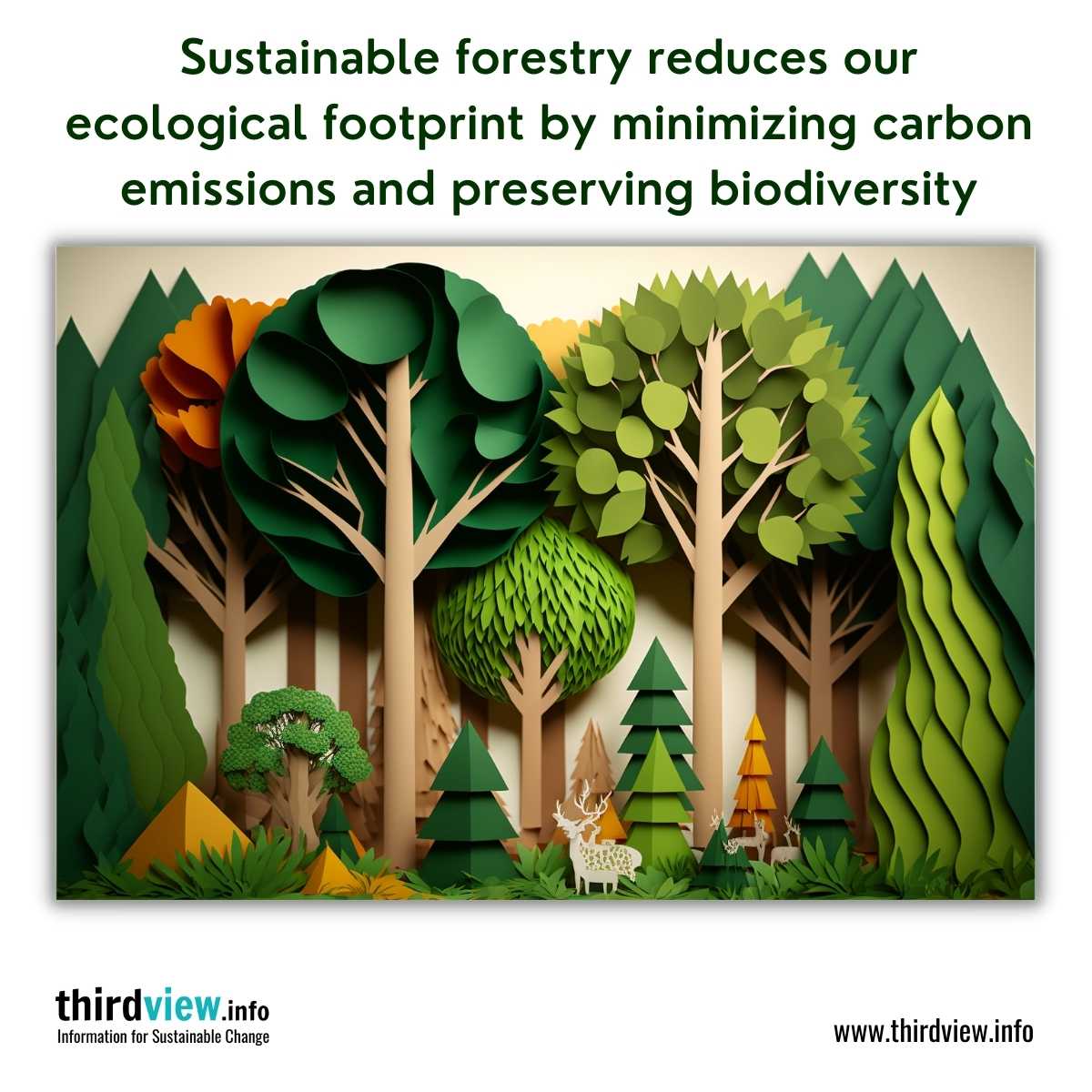We all depend on the environment, so it’s important to think about the impact we have on it when it comes to the resources we use. One of the most important, yet often overlooked, is the production and use of paper. Supporting sustainable forestry and paper production is crucial for protecting our environment and natural resources. From reducing the amount of deforestation and habitat loss to helping us minimize our environmental footprint, there are countless benefits to sustainable paper production. In this blog, we’ll explore some of the top reasons why we should all get behind sustainable paper production.
What is sustainable forestry?
Sustainable forestry is an approach to forest management that places emphasis on preserving natural resources while still providing economic benefits. This means harvesting trees in a way that does not deplete forests or damage wildlife habitats, while also making sure that local communities are able to benefit from the resources they are providing. Sustainable forestry practices help ensure that forests remain healthy and vibrant for generations to come.
What is sustainable paper production?
Sustainable paper production is a process that seeks to minimize environmental impact by using recycled materials as much as possible. This includes using materials like wood pulp from sustainably managed forests or other waste materials like cardboard boxes. By limiting the amount of virgin material used during paper production processes, businesses can reduce their environmental footprint while still producing high-quality paper products. Additionally, these processes help conserve resources which means businesses save money in the long run due to reduced energy costs associated with processing raw materials into usable paper products.
Protecting natural habitats
Sustainable forest management helps preserve natural habitats for wildlife by maintaining healthy ecosystems and protecting biodiversity. This means that trees are not harvested beyond what the land can naturally support. In addition, trees can play an important role in preventing soil erosion and trapping carbon emissions from entering the atmosphere. This is especially important since deforestation accounts for 15% of all global carbon emissions each year.
Reducing pollution
Using sustainable forestry practices also helps reduce pollution by minimizing the amount of chemicals used in paper production processes. Many traditional paper production methods rely on harsh chemicals like chlorine to bleach out the colour of the paper and make it appear white; however, these chemicals can have a negative impact on air quality as they are released into the atmosphere as pollutants. Sustainable methods allow producers to use non-toxic alternatives instead, such as hydrogen peroxide or oxygen-based processes, which have less of an environmental impact.
Supporting local economies
Sustainable practices promote responsible harvesting techniques that ensure a steady supply of raw materials for paper production while providing economic benefits for local communities in terms of jobs, wages, infrastructure development and improved living standards. This can help create a more equitable economy by providing employment opportunities to marginalized groups who may otherwise lack access to decent work opportunities due to their socio-economic status or location within rural areas with limited job prospects.
Supporting sustainable forestry and paper production is beneficial for everyone involved—from local communities to global ecosystems. Not only does it help protect natural habitats from destruction, but it also reduces pollution levels through the use of non-toxic alternatives in production processes while creating economic opportunities through job creation and income generation for those most affected by deforestation practices. Ultimately, making sure that we use our resources responsibly is essential if we want to continue living on a planet with healthy forests and clean air.


